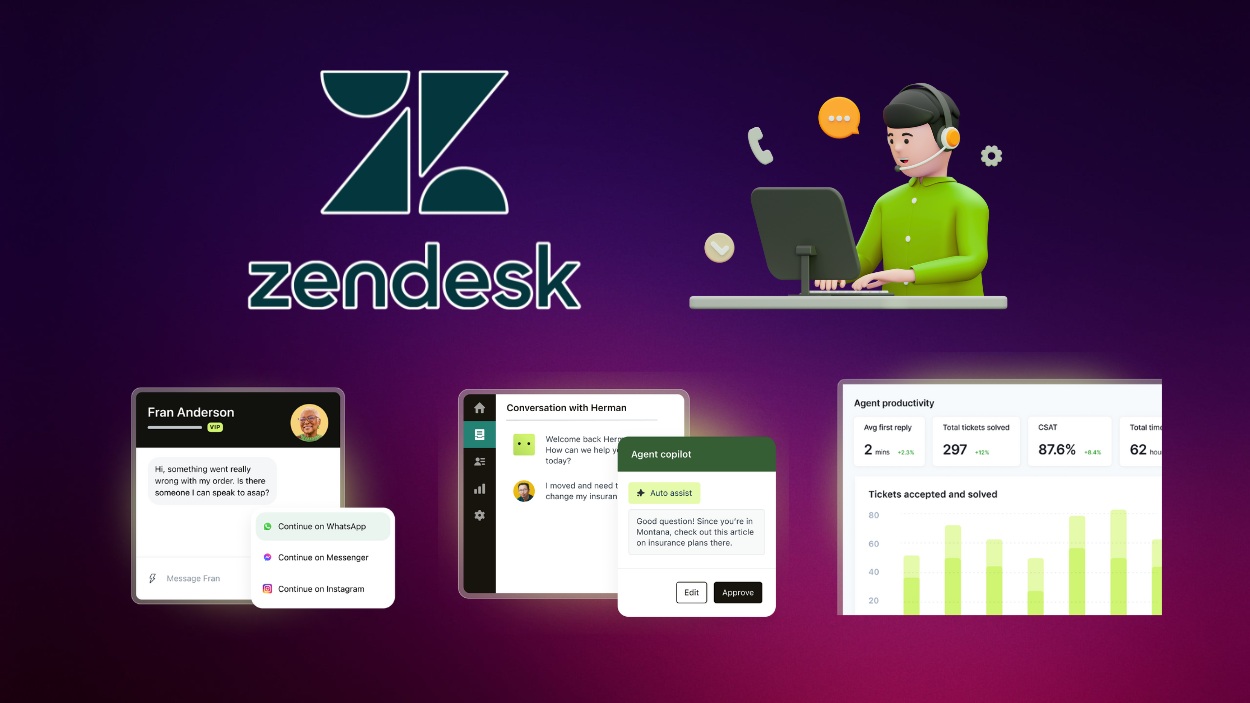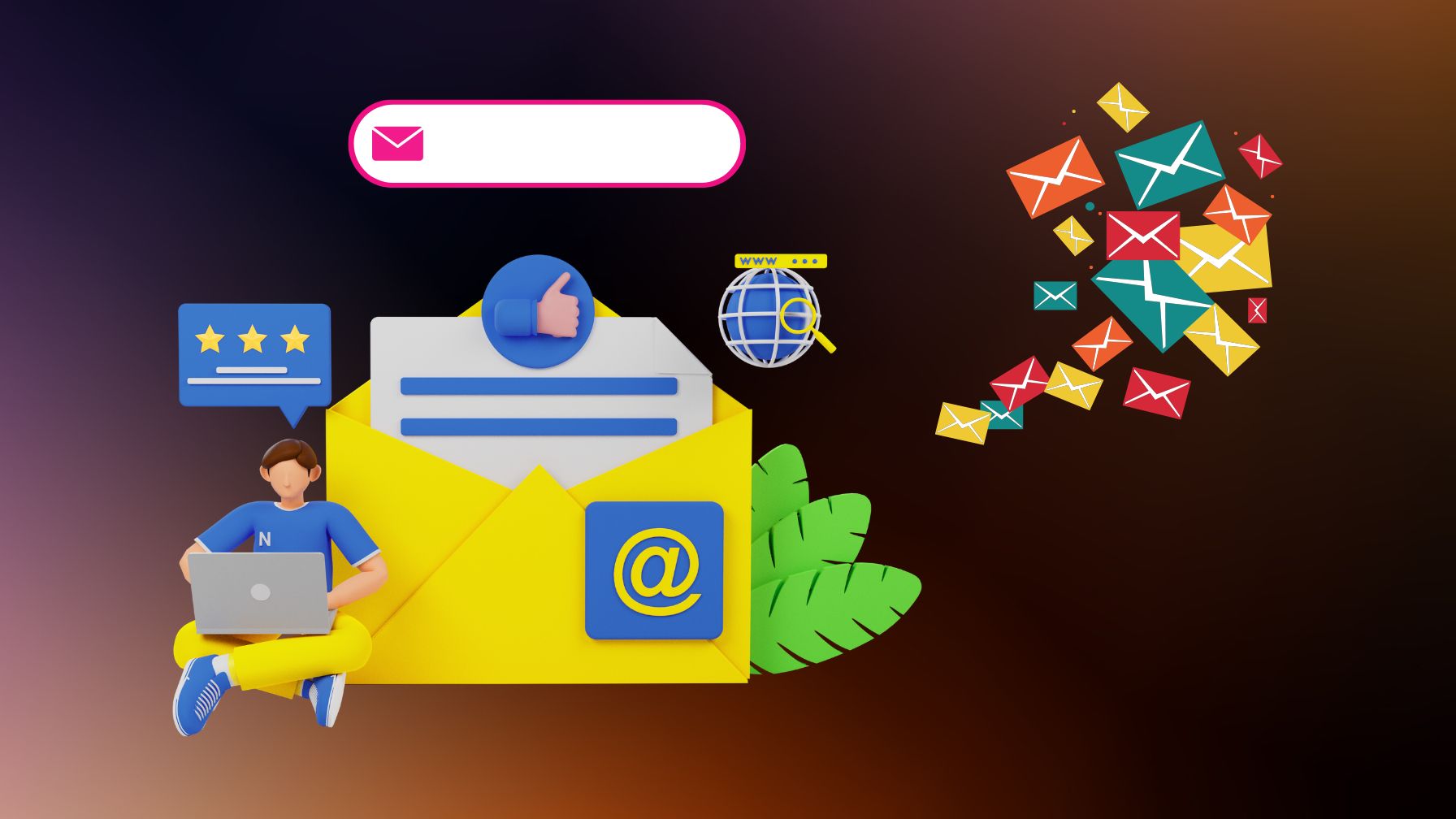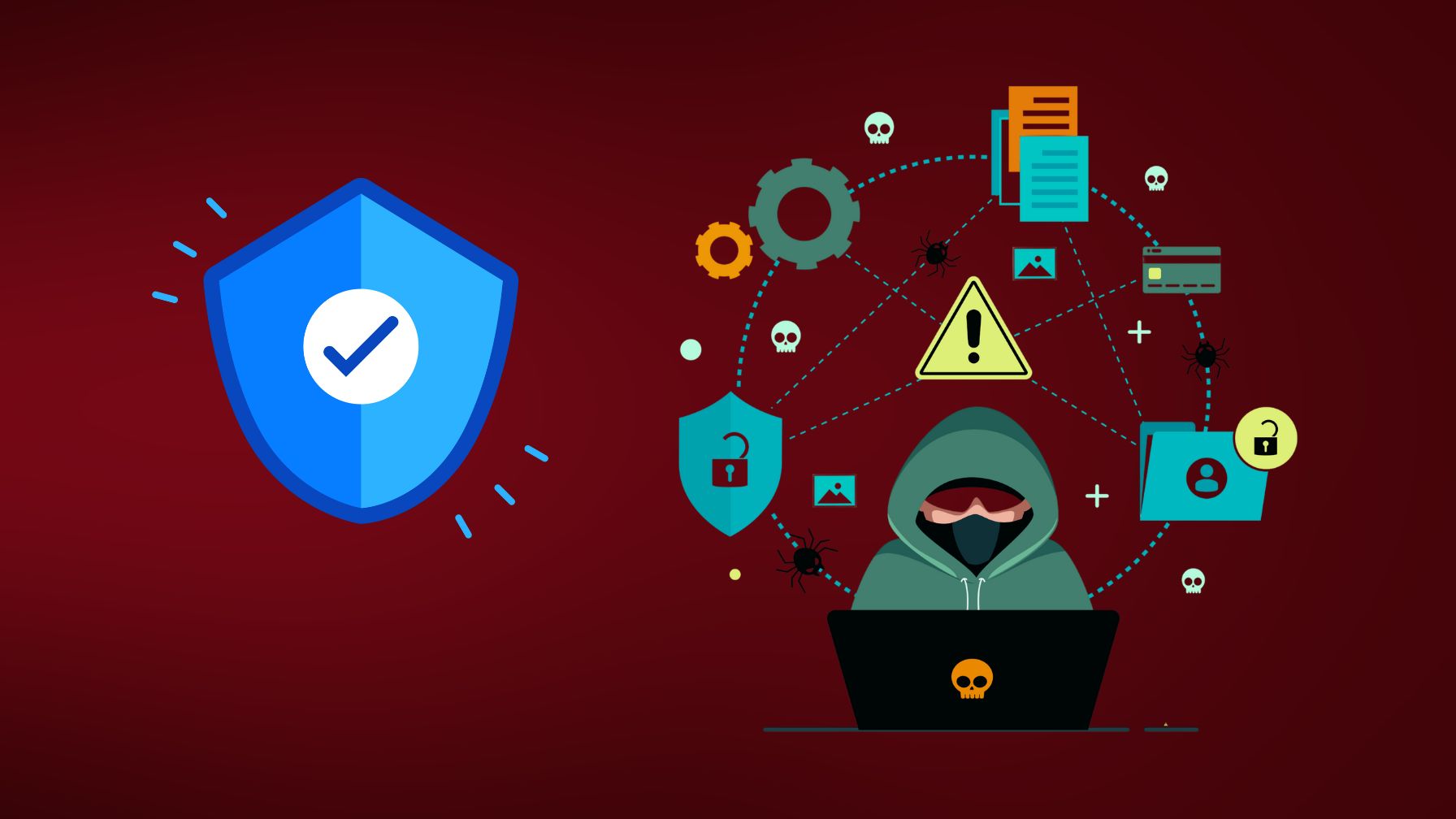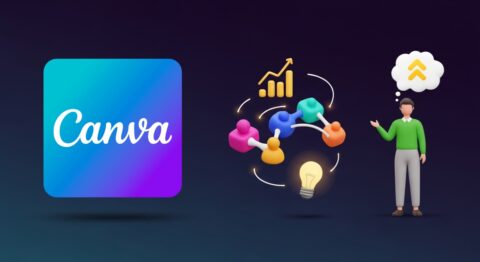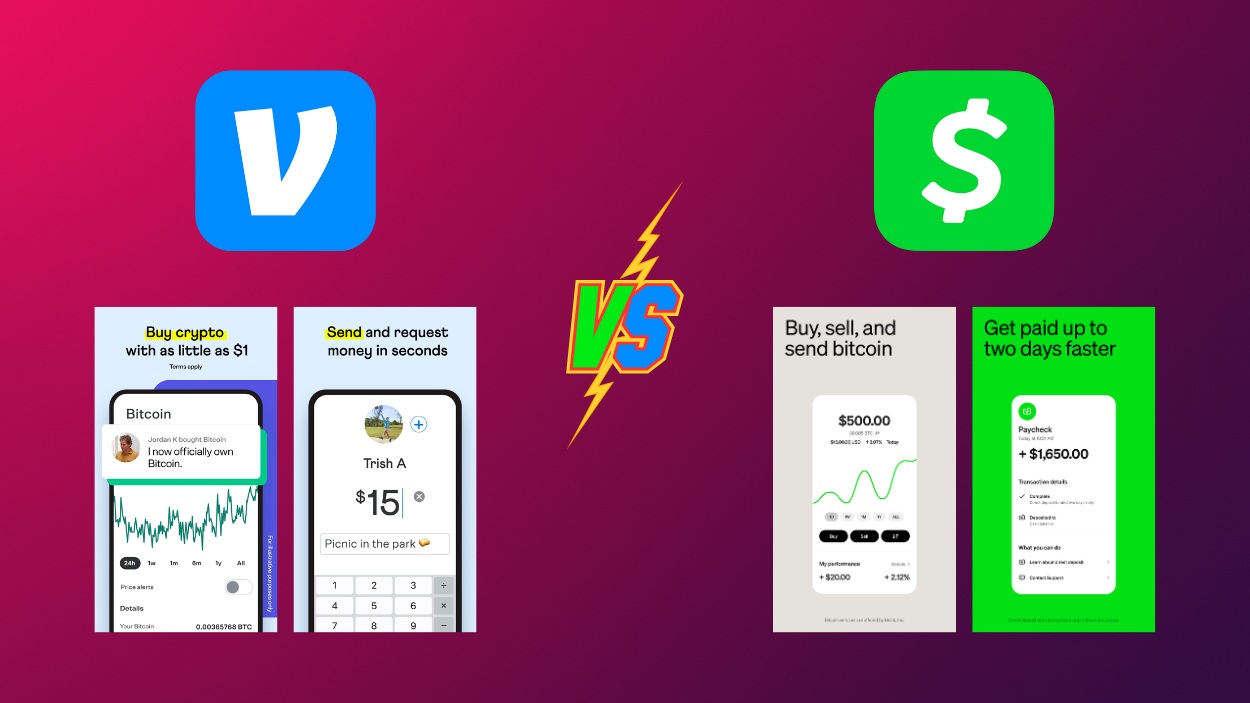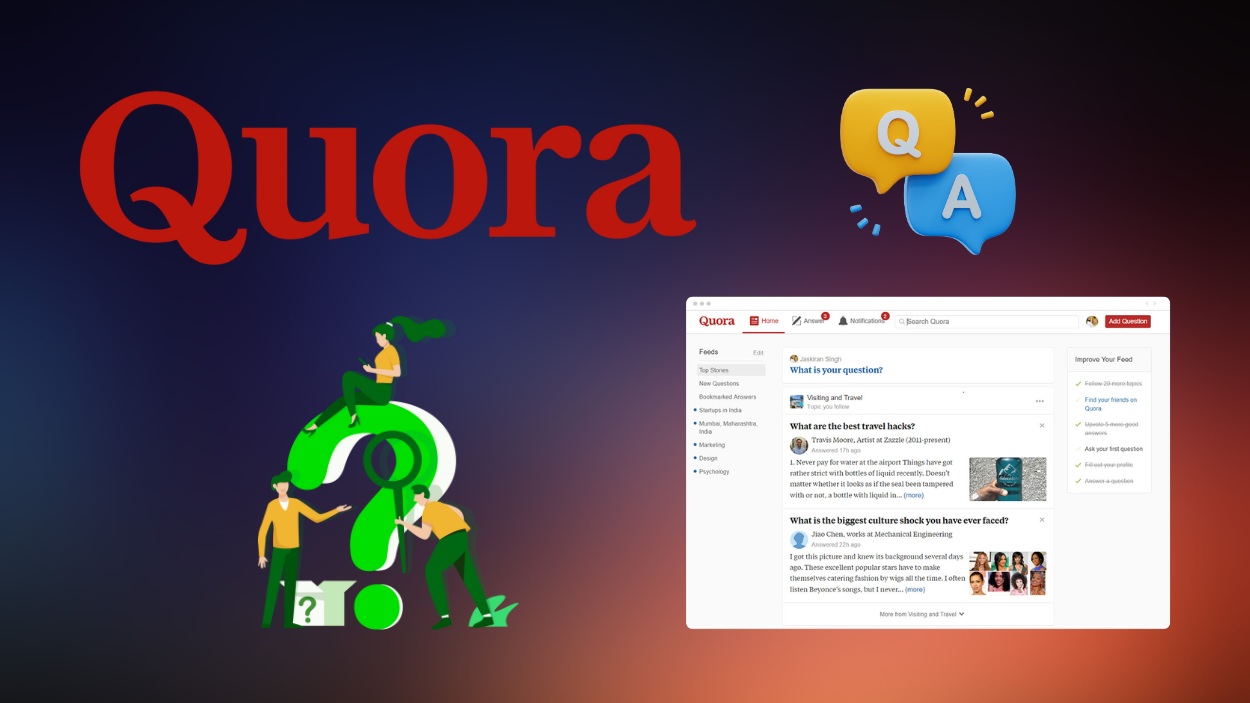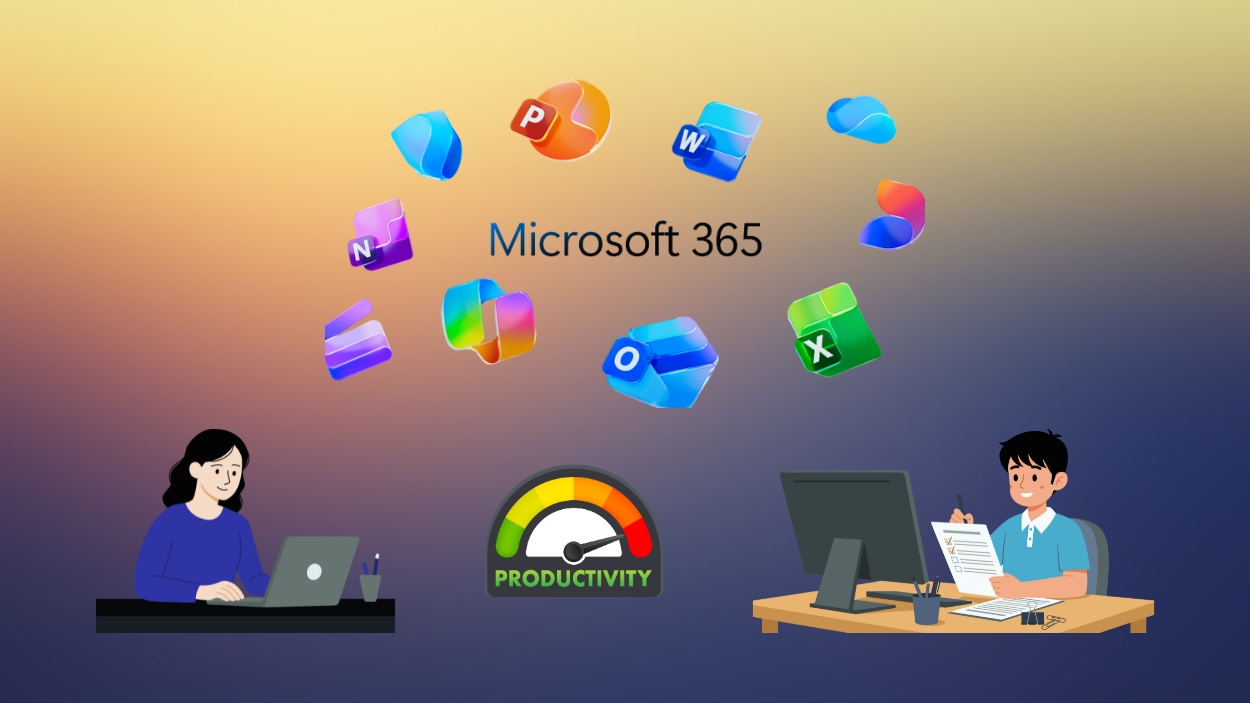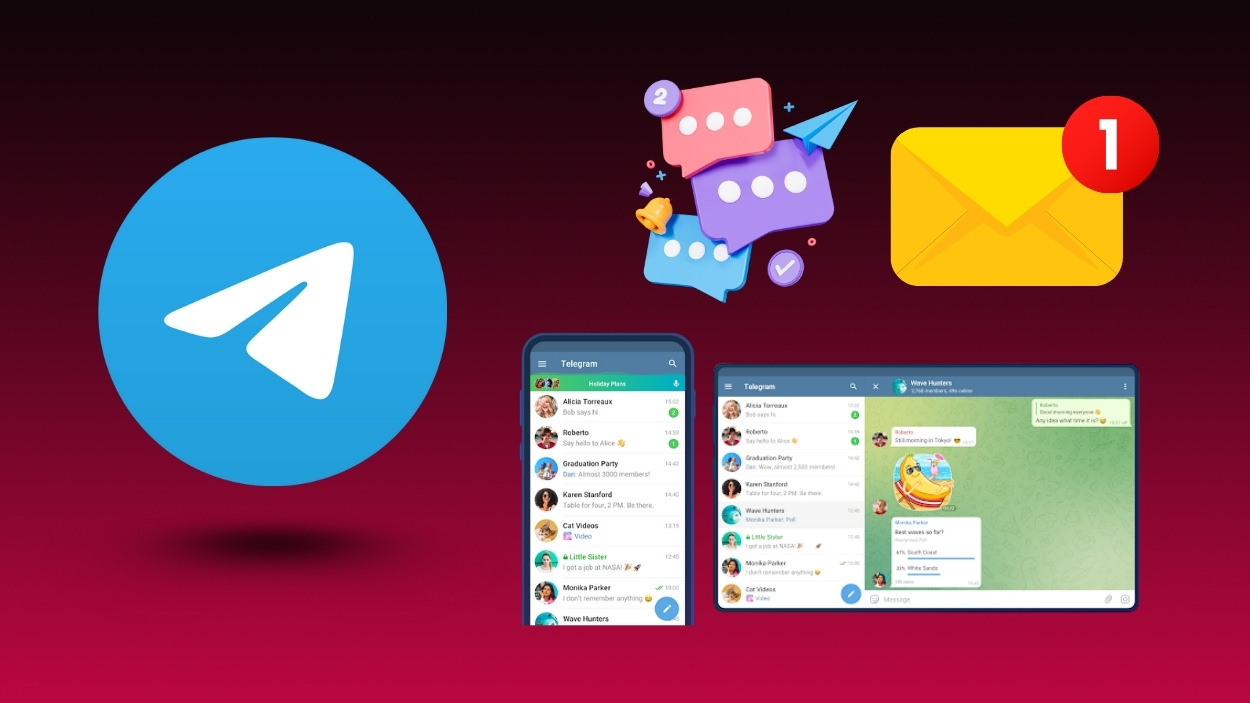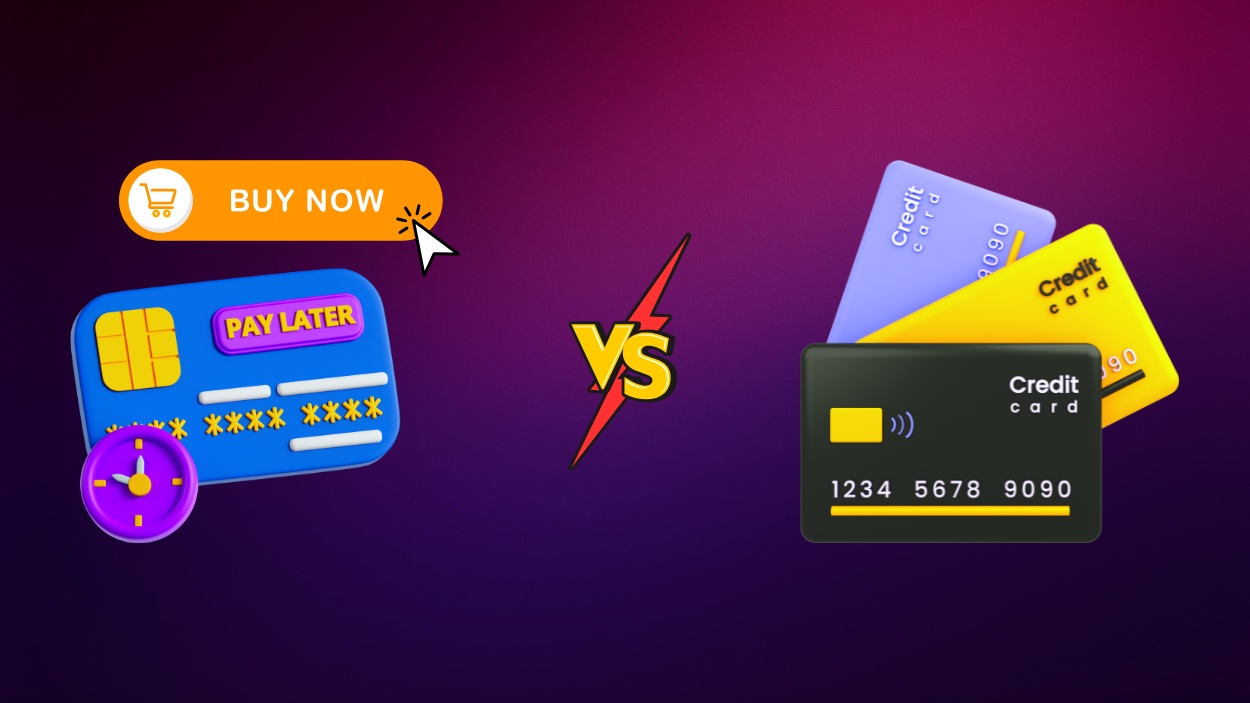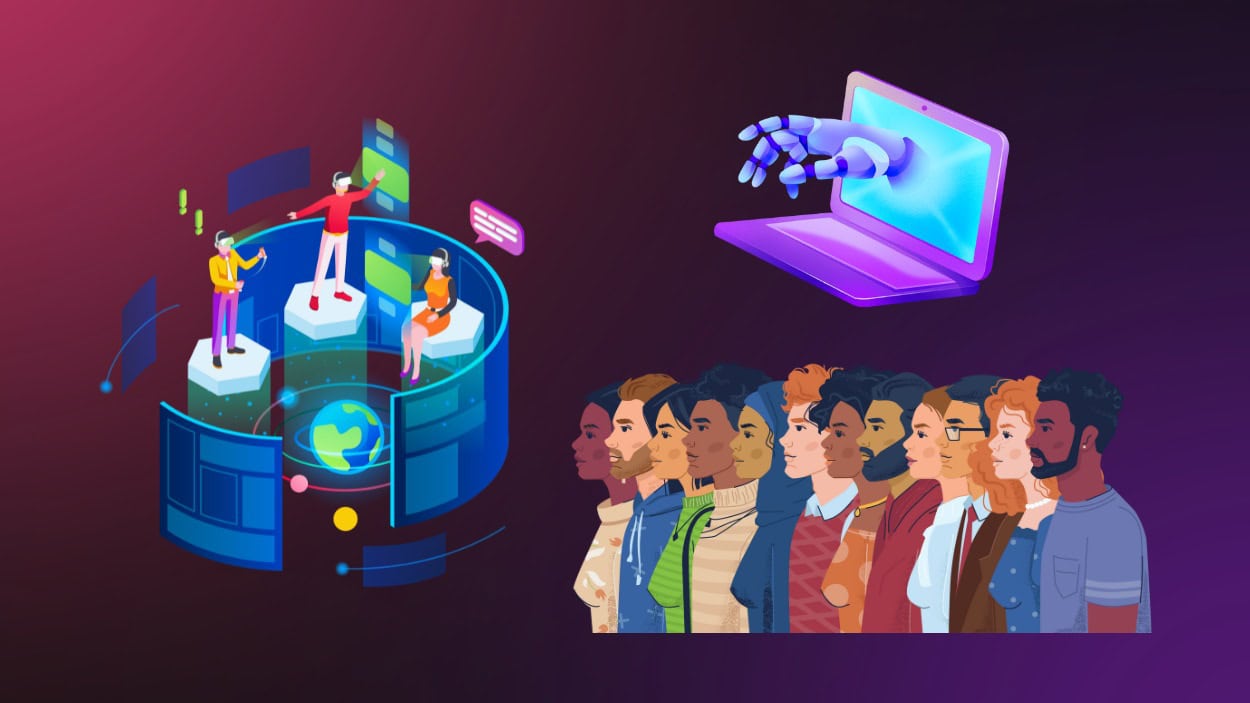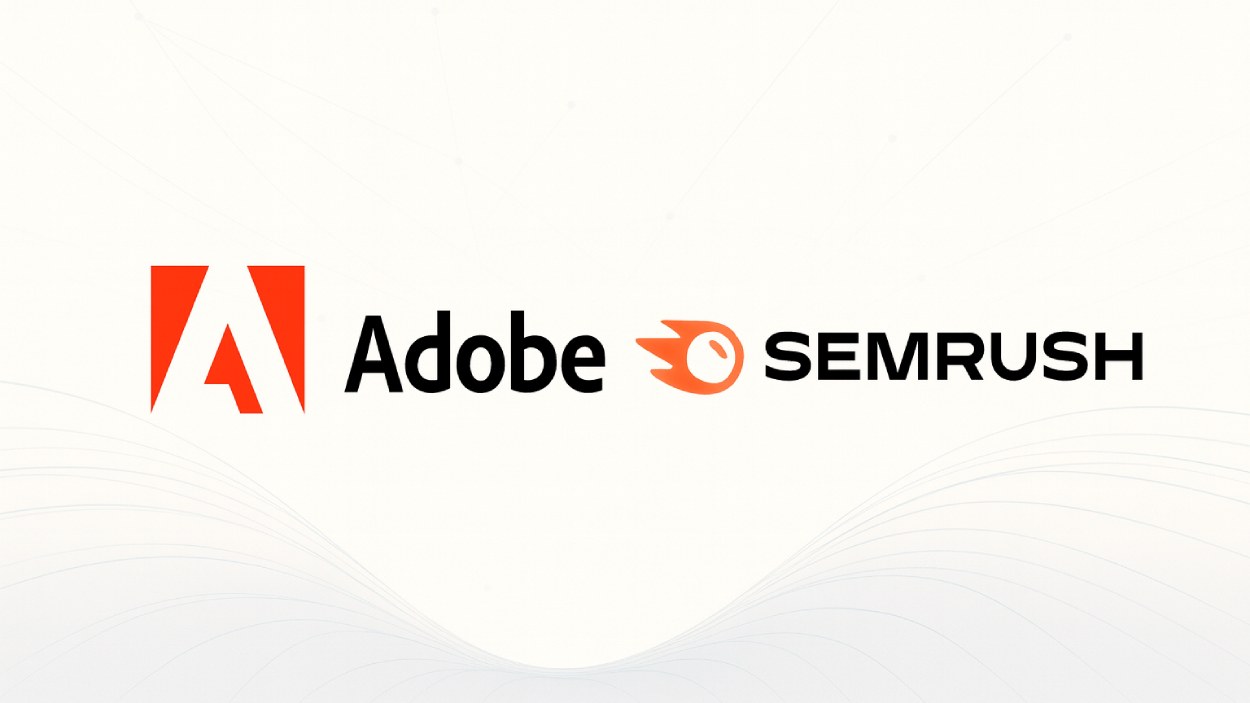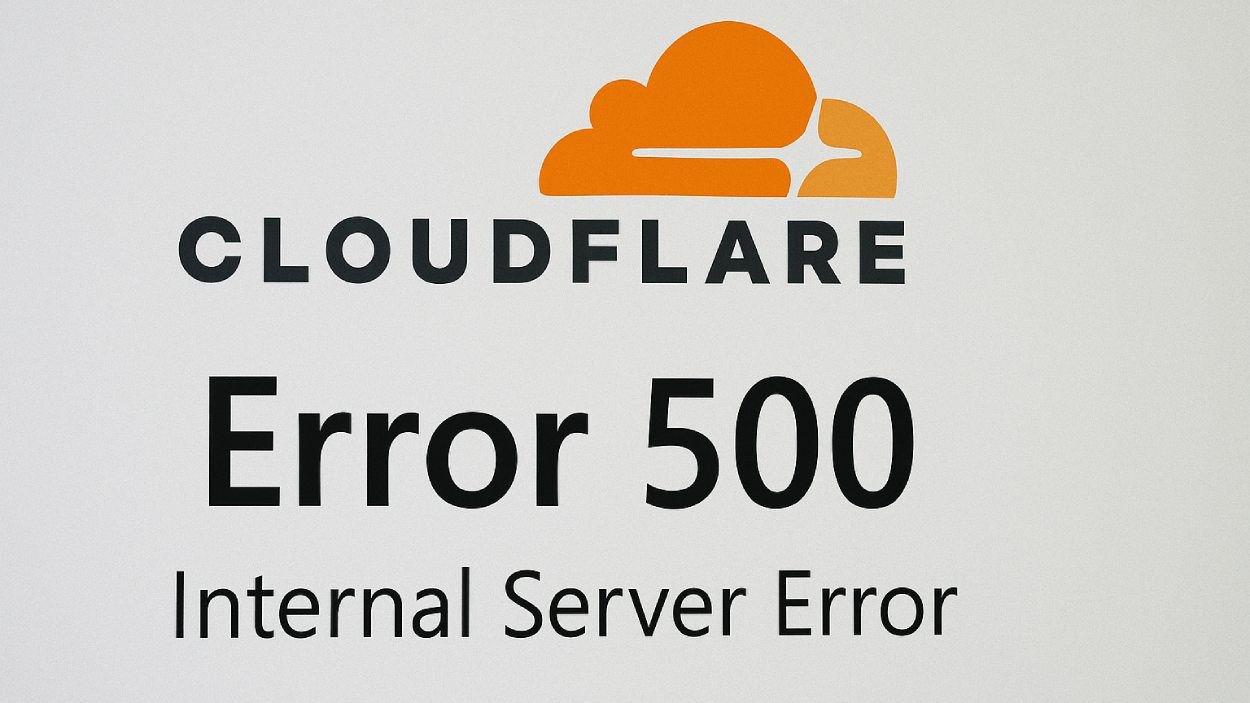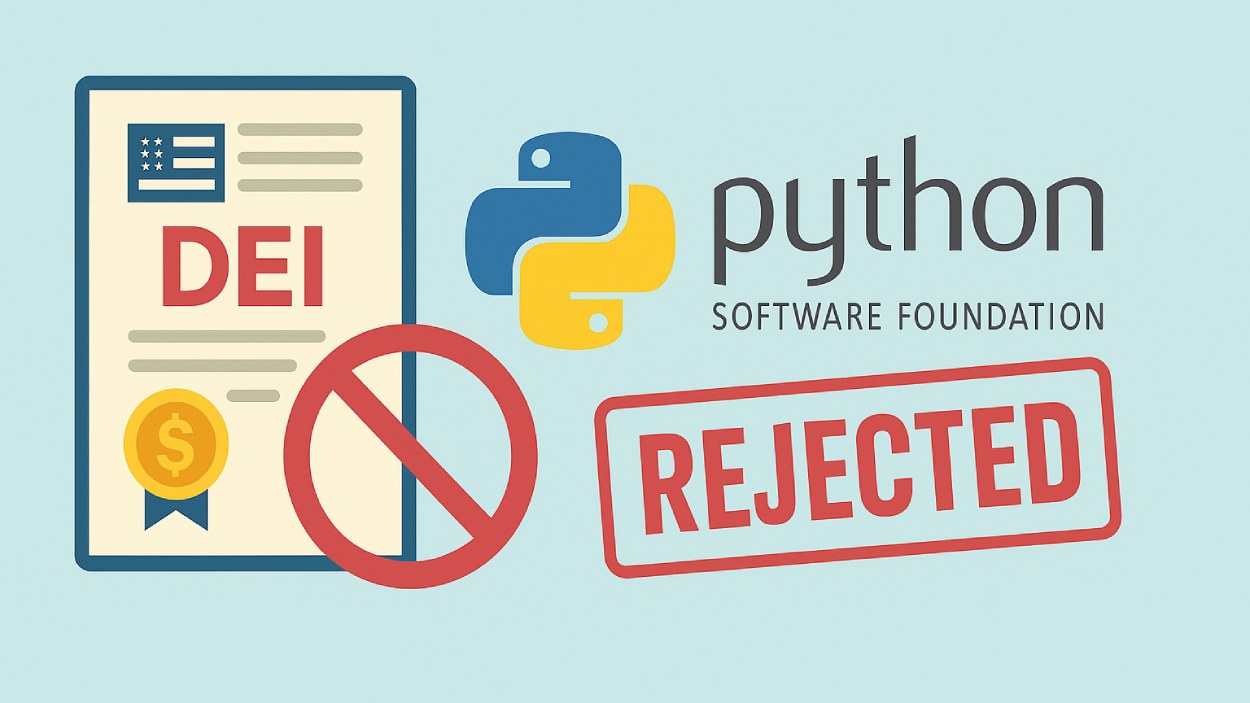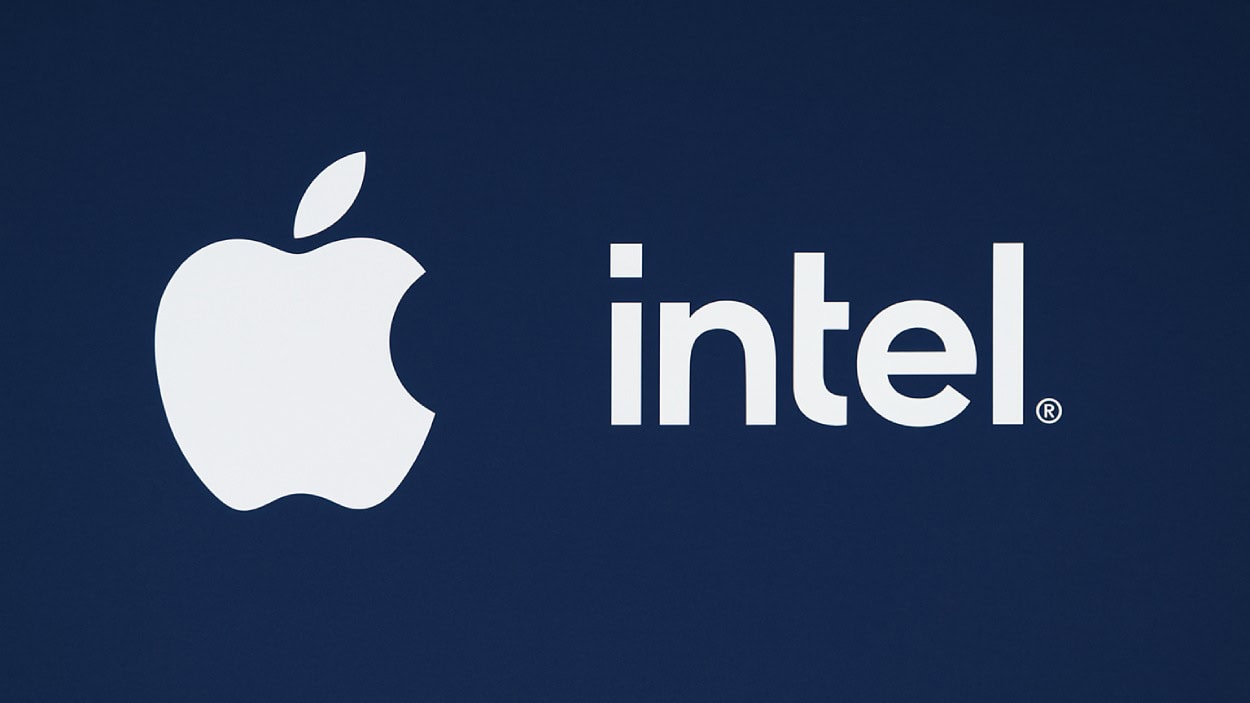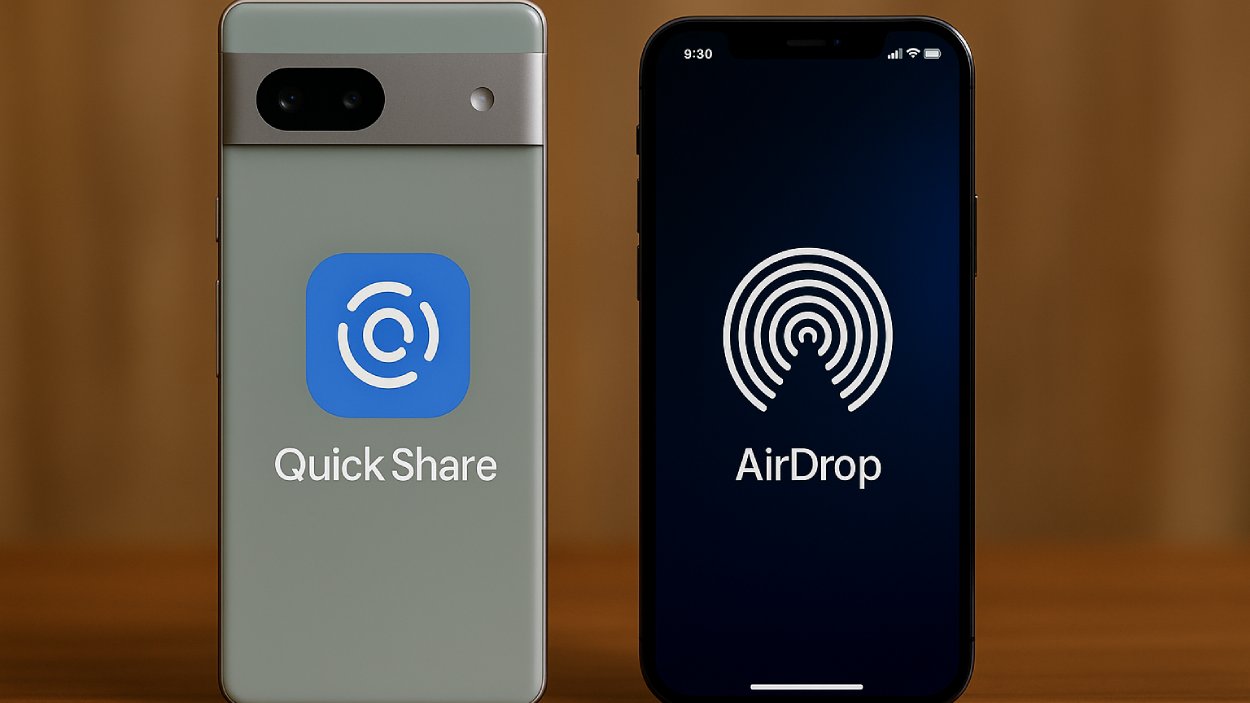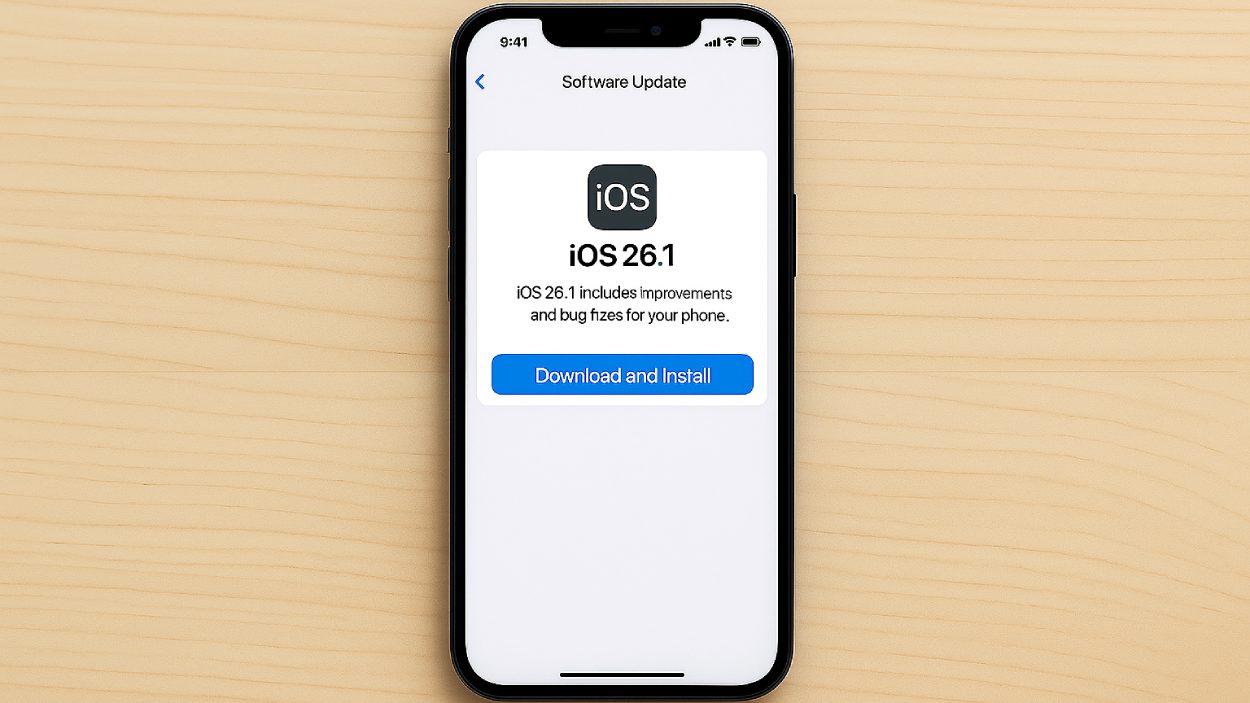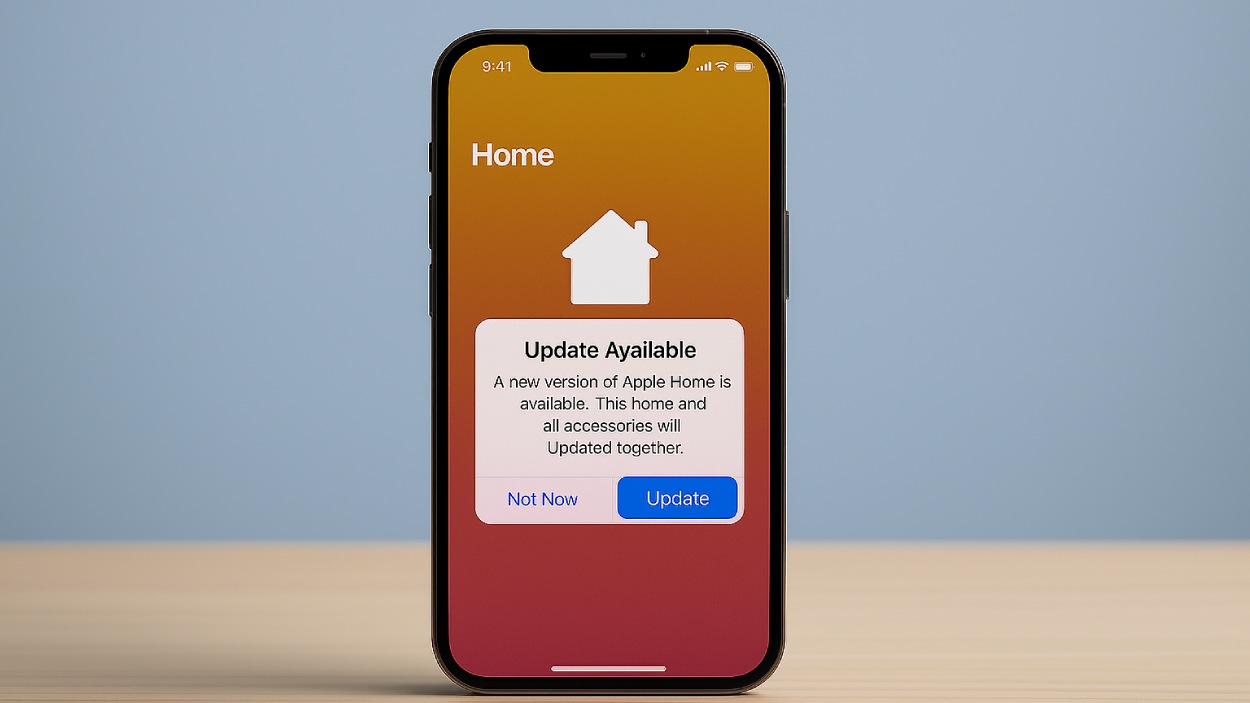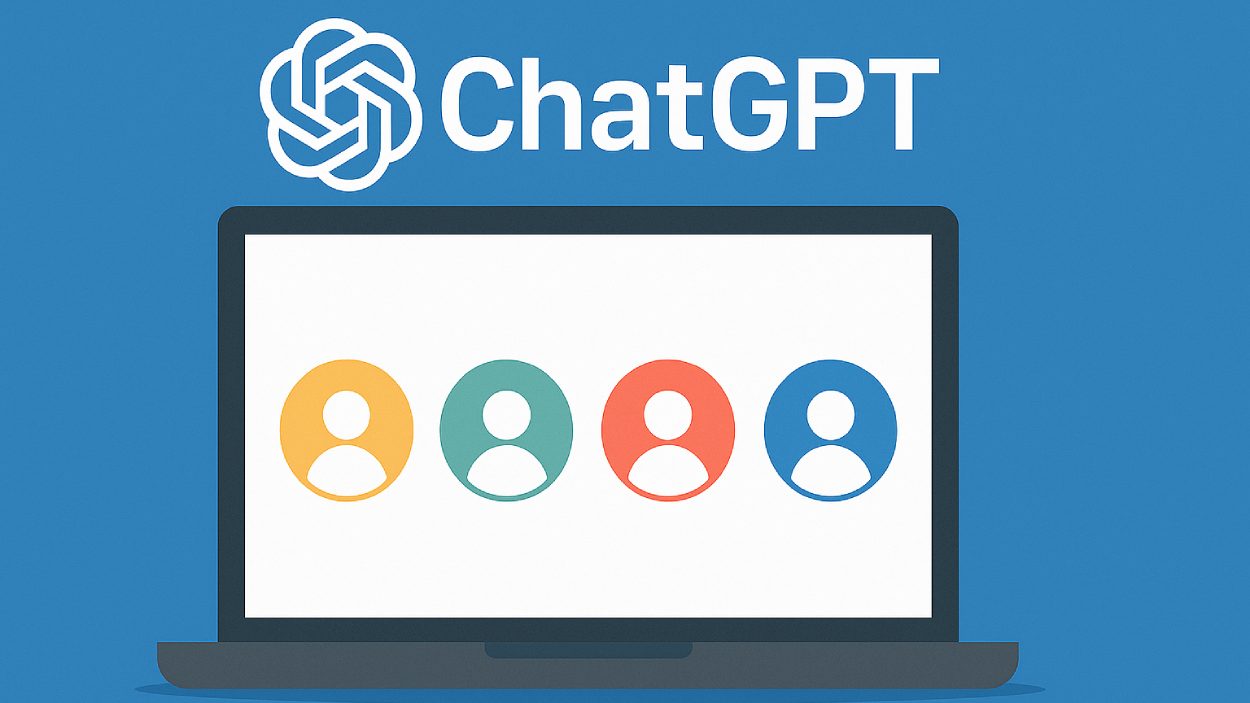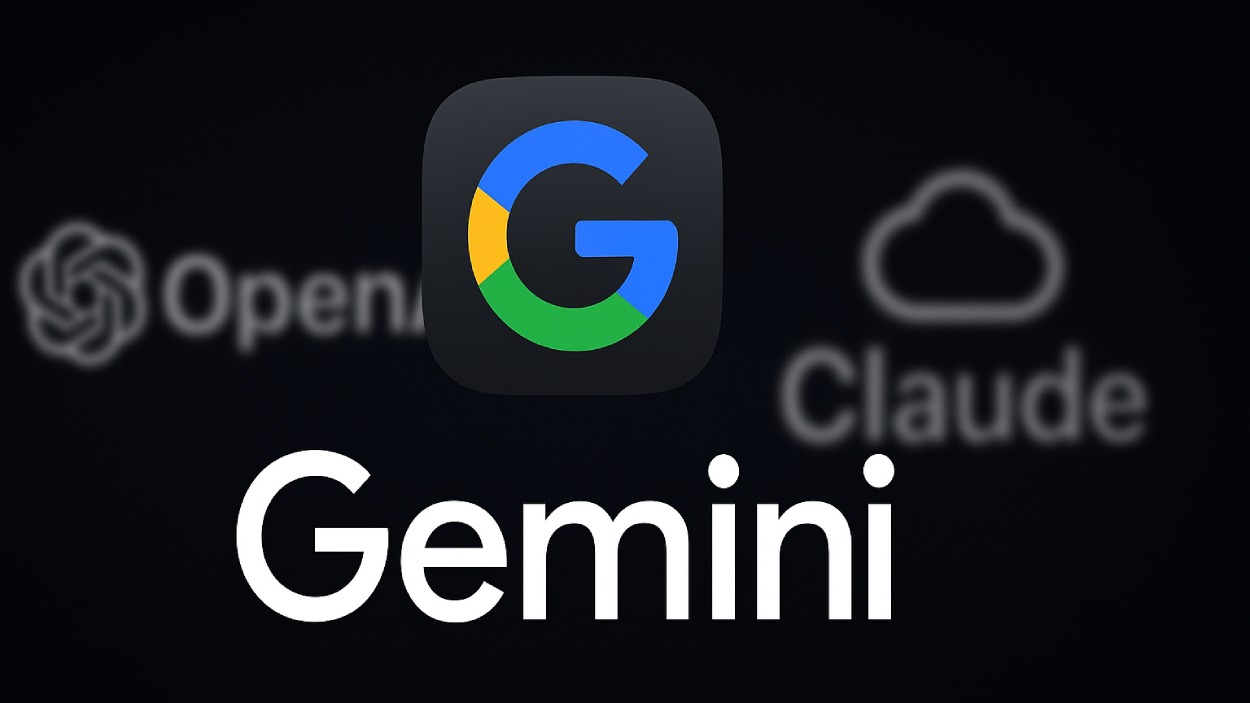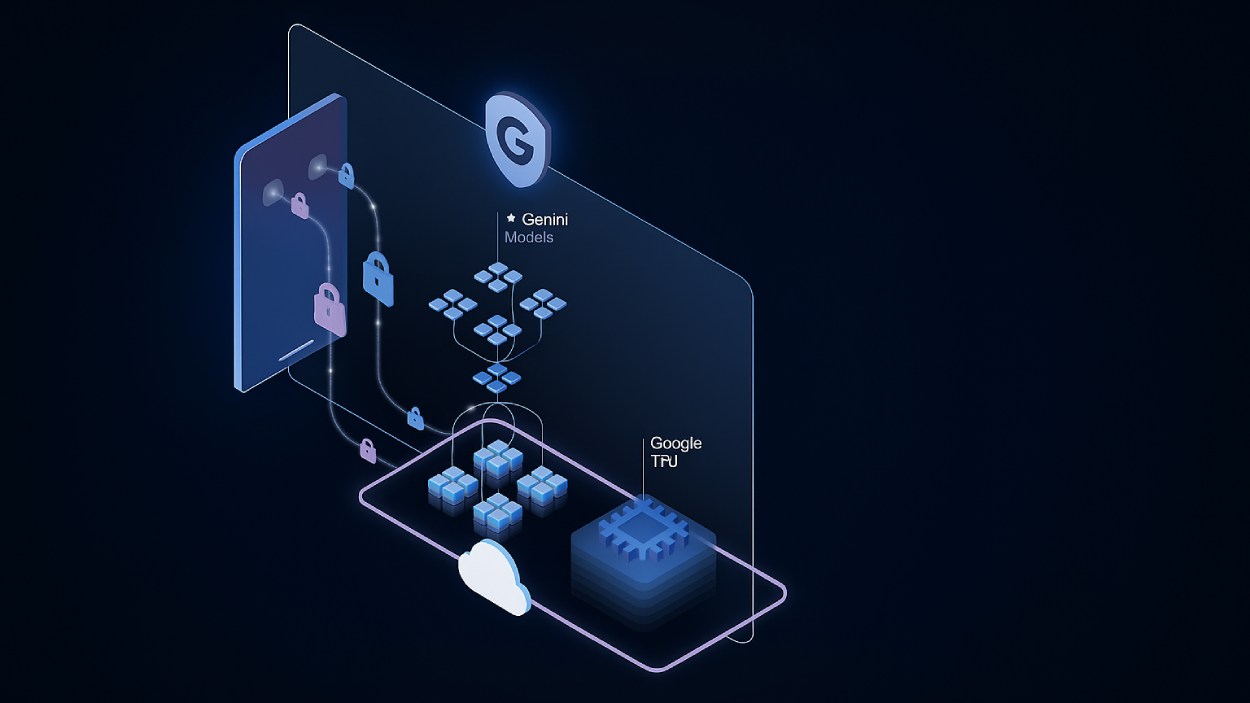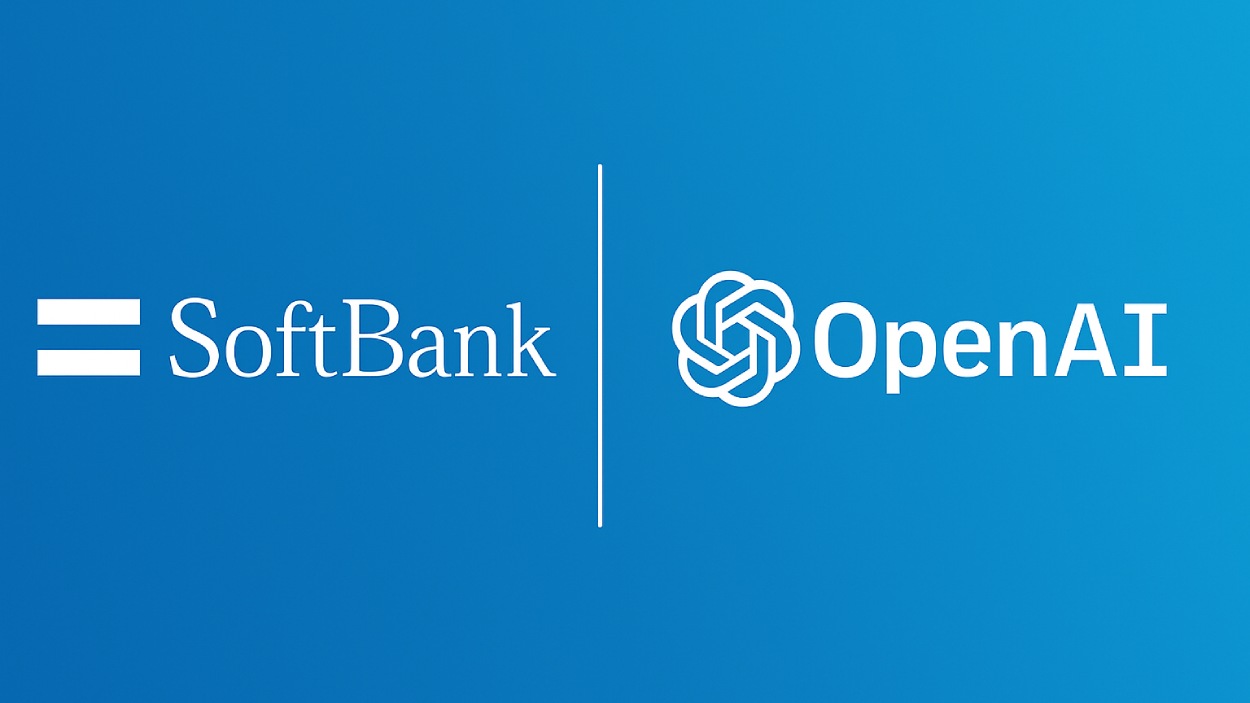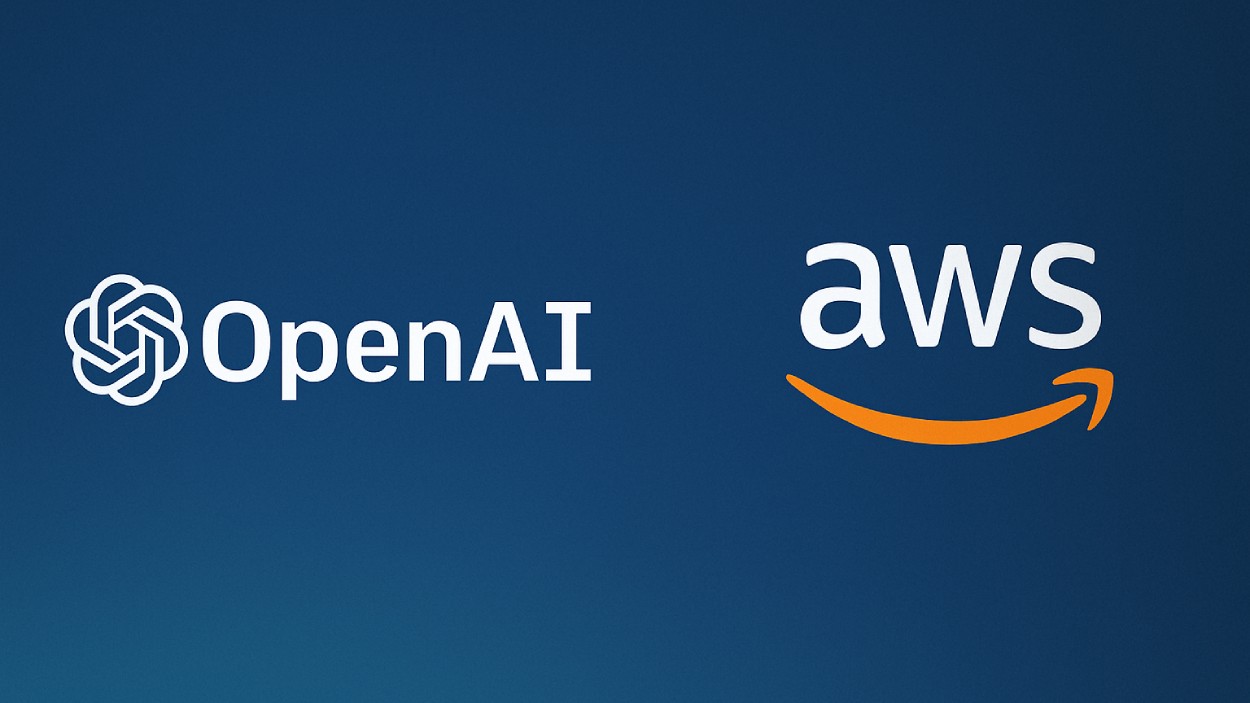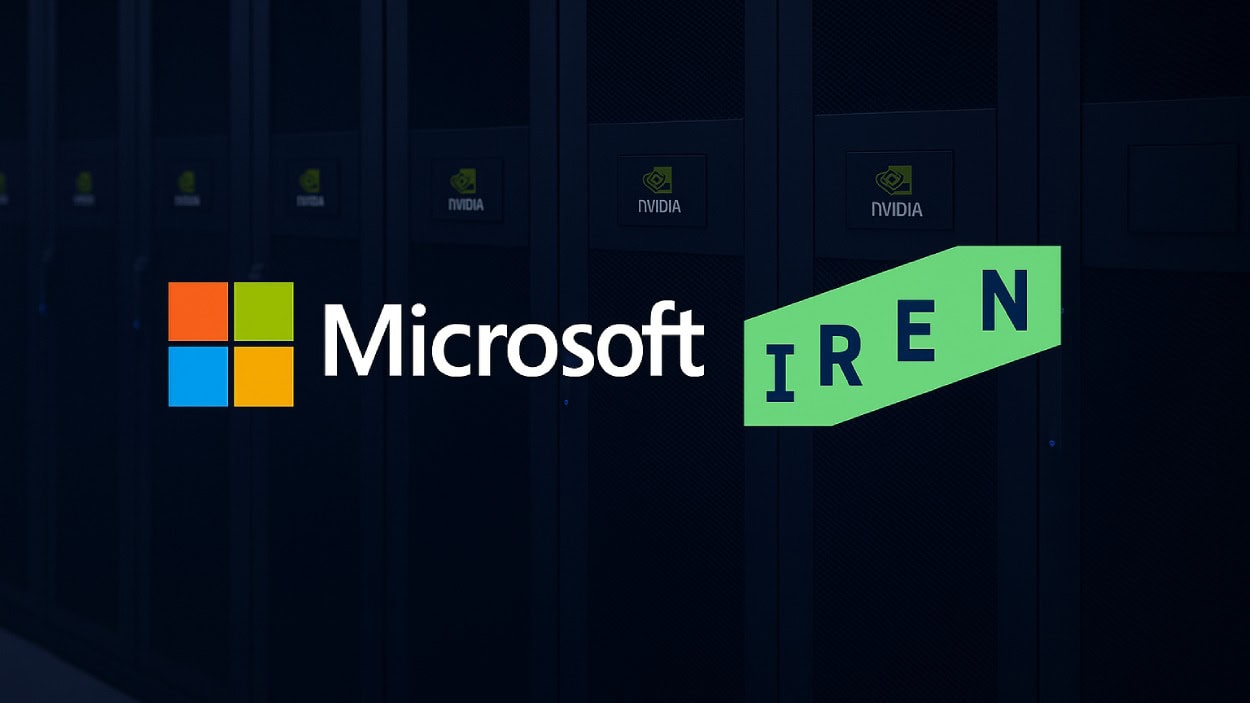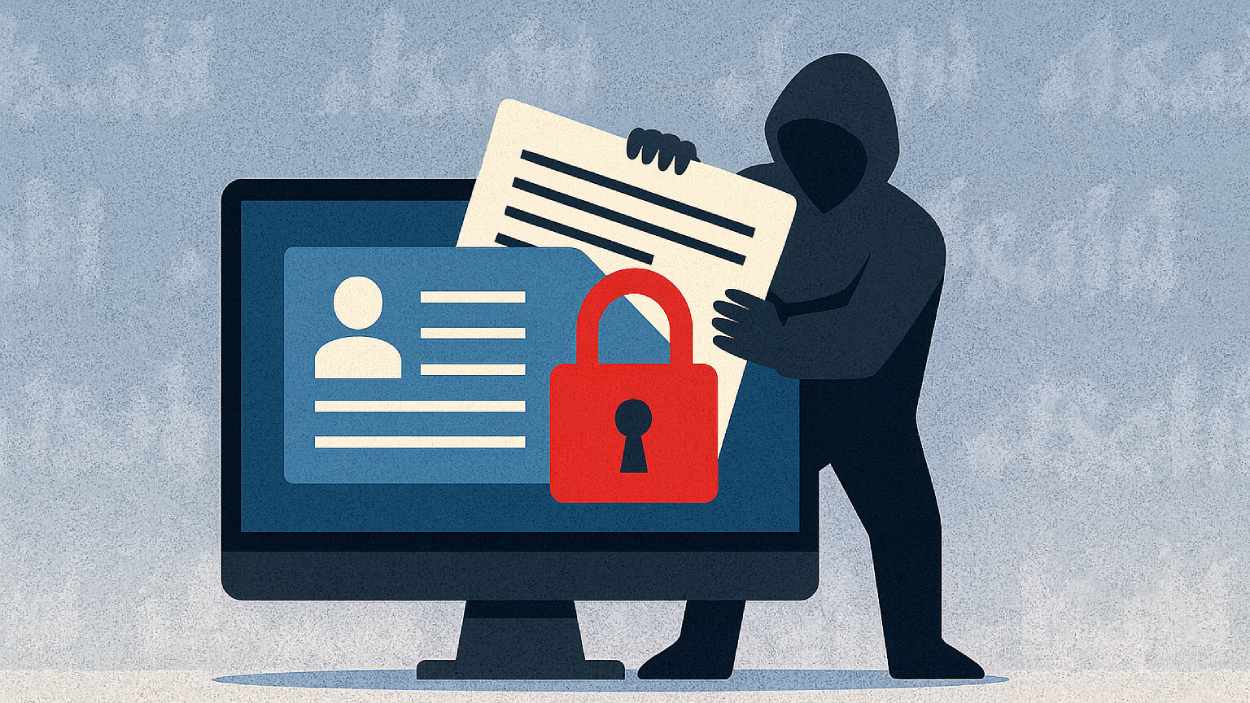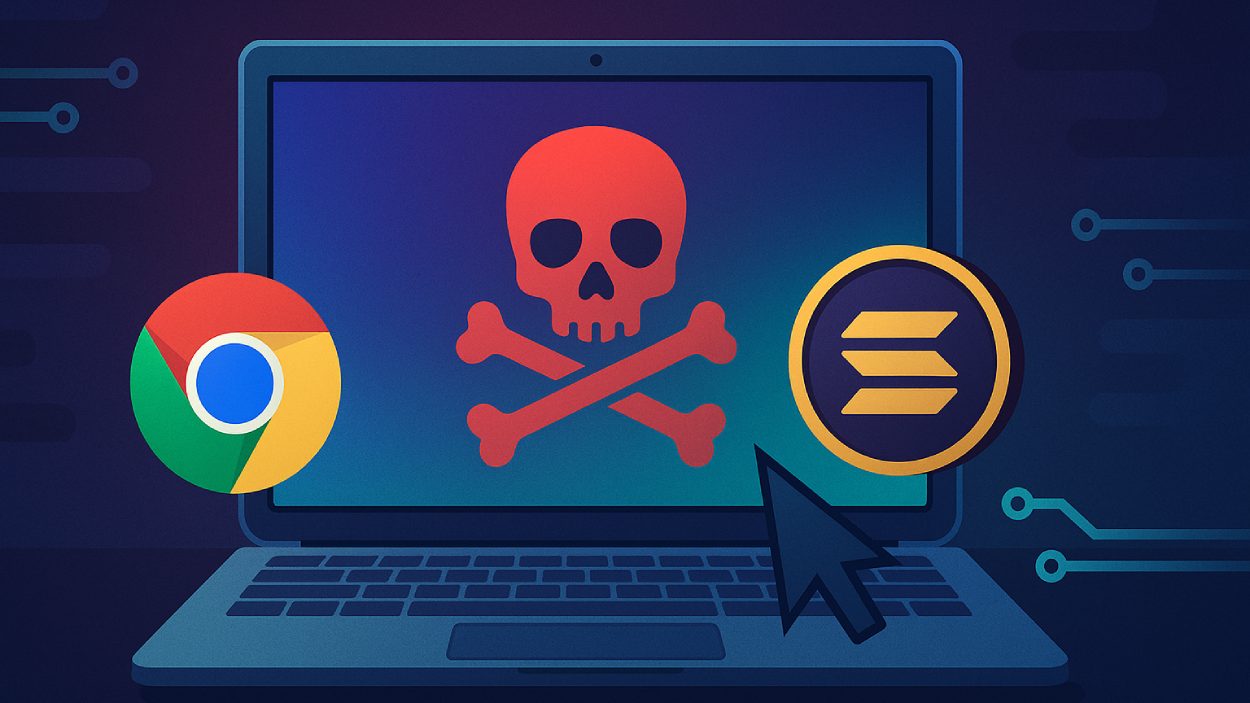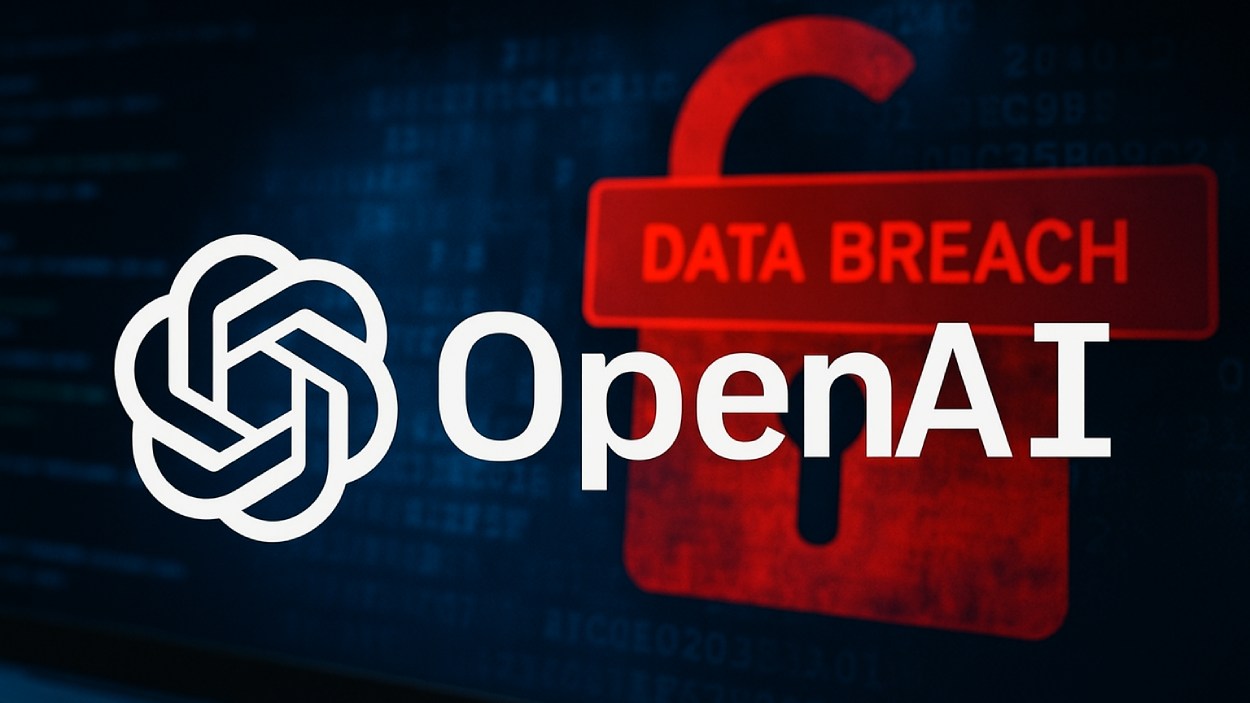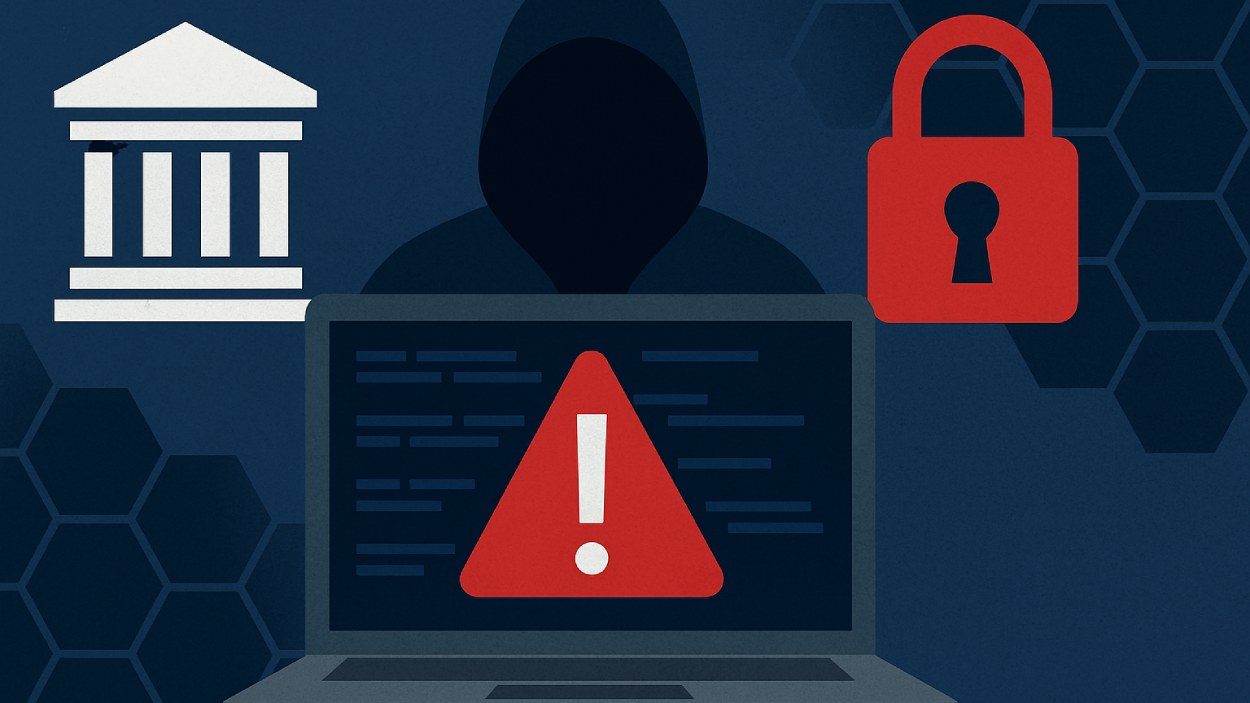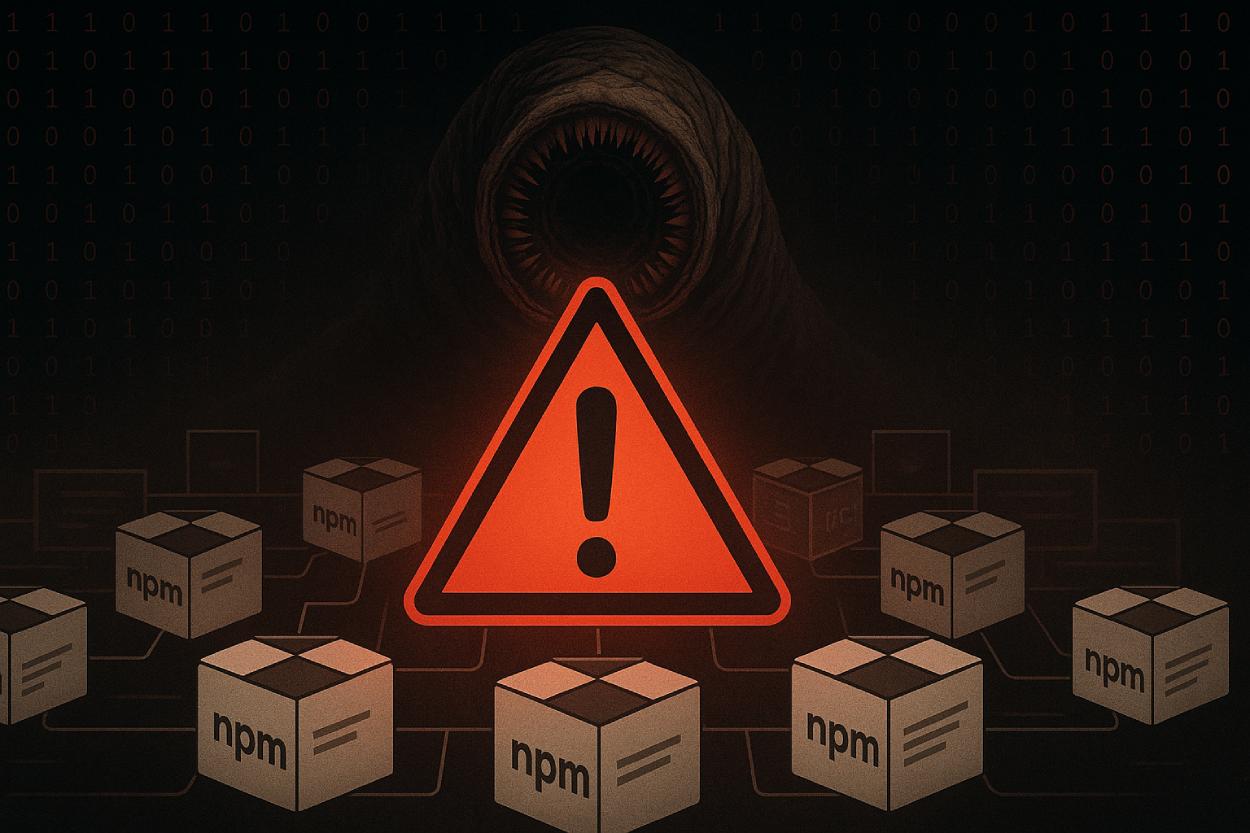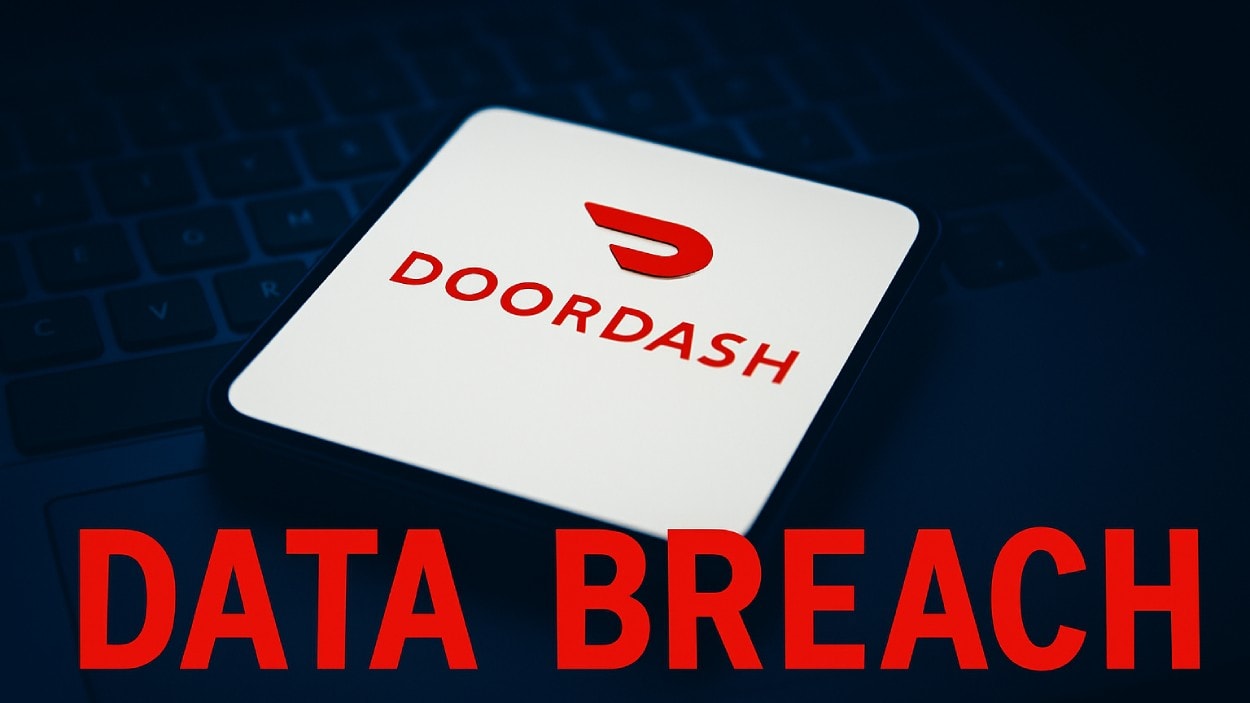Zendesk remains a major player in the customer experience (CX) and helpdesk space. Its growth and evolution offer valuable insight into how digital support is transforming globally. Its tools power customer service for retailers, SaaS firms, and even public institutions. Whether a company seeks to scale support or automate repetitive tasks, Zendesk’s stats tell a compelling story. Explore the full article for deep insights across usage, features, and market trends.
Editor’s Choice
- In January 2025, Zendesk’s site recorded 90.04 million visits, its highest monthly traffic.
- By February 2025, monthly visits dropped to 77.15 million, showing volatility in user interest.
- The United States accounts for about 36.56% of Zendesk’s traffic share, the largest among countries.
- Organic visits make up 57.98% of Zendesk’s total traffic, indicating strong direct and brand-driven interest.
- Zendesk aims to hit $3.4 billion in revenue by 2025, up from about $1.93 billion.
- Around 73% of support agents believe that using an AI copilot would make their job more effective.
- Zendesk is used by 0.1% of all websites (among sites whose CMS usage is known).
Recent Developments
- At Relate 2025, Zendesk announced initiatives to reduce response times and improve system accuracy.
- Zendesk’s newest CX Trends Report emphasizes “human-centric AI,” pointing to investments in more empathetic agent support systems.
- The company is pushing toward autonomous service, where routine tasks are handled by AI “copilots”.
- Expansion into new markets, particularly APAC, targets growth beyond Zendesk’s core U.S. base. APAC accounts for ~10% of global business.
- Zendesk recently launched a formal VC arm to invest in early‑stage AI startups, integrating external innovation into its ecosystem.
- To support market growth, Zendesk opened a new 33,000-square-foot hub in Austin, planning to scale its local workforce from ~300 to ~500.
- The company also initiated strategic layoffs (51 roles in San Francisco) to reallocate resources around priority projects.
- Zendesk’s shift in product narrative focuses on unified, AI‑assisted CX tools rather than standalone modules.
- It continues to promote transparency in AI decision-making and strengthen data integrity across CX systems.
Zendesk User Demographics
- Gender Split is nearly even, with 50.91% male and 49.09% female users.
- Young professionals dominate, as the 25–34 age group makes up the largest share at 27.42%.
- Millennials and early Gen X (ages 35–44) follow closely, accounting for 21.26% of Zendesk’s user base.
- Mid-career professionals aged 45–54 represent 17.31%, reflecting strong adoption among established workforce segments.
- Older users aged 55–64 contribute 11.88%, indicating growing engagement from senior professionals.
- Users aged 65+ comprise 7.59%, suggesting Zendesk’s reach extends to older business leaders and consultants.
- The overall distribution highlights Zendesk’s balanced gender reach and strong appeal among working-age adults (25–44) who drive customer support and CX innovation globally.

Website Visits
- In January 2025, site visits peaked at 90.04 million.
- Visits then fell to 77.15 million in February 2025.
- In December 2024, visits were 83.93 million, indicating growth leading into 2025.
- In August 2025, Zendesk recorded 141.71 million visits for the three-month period.
- In the same period, traffic declined 3.32% month‑on‑month.
- Average session duration in that timeframe was 14:06 minutes.
- Page views per visit averaged 5.68 pages.
- Bounce rate during that period was 50.59%.
- Organic search traffic rose by 10.09% month-over-month in that window.
Website Traffic By Country
- The United States accounts for 46.95% of all visits.
- Brazil contributes 7.4% of traffic.
- United Kingdom makes up 4.28%.
- Japan has a 3.8% share.
- Italy accounts for 3.17%.
- Desktop versus mobile splits show the U.S. leaning mobile (~80.86%) compared to desktop.
- Brazil, in that same source, showed a 22.28% drop in its share.
Social Media Traffic to Zendesk
- Discord dominates Zendesk’s social media referrals, contributing a massive 50.23% of total traffic.
- YouTube ranks second with 12.36%, reflecting strong engagement through video tutorials and product demos.
- Reddit follows at 10.10%, driven by community discussions and user support forums.
- LinkedIn accounts for 6.28%, highlighting Zendesk’s professional and B2B audience.
- WhatsApp WebApp contributes 5.71%, indicating growing traffic from integrated chat and customer communication links.
- Other platforms combine for 15.32%, showing Zendesk’s diversified reach across smaller or emerging social networks.
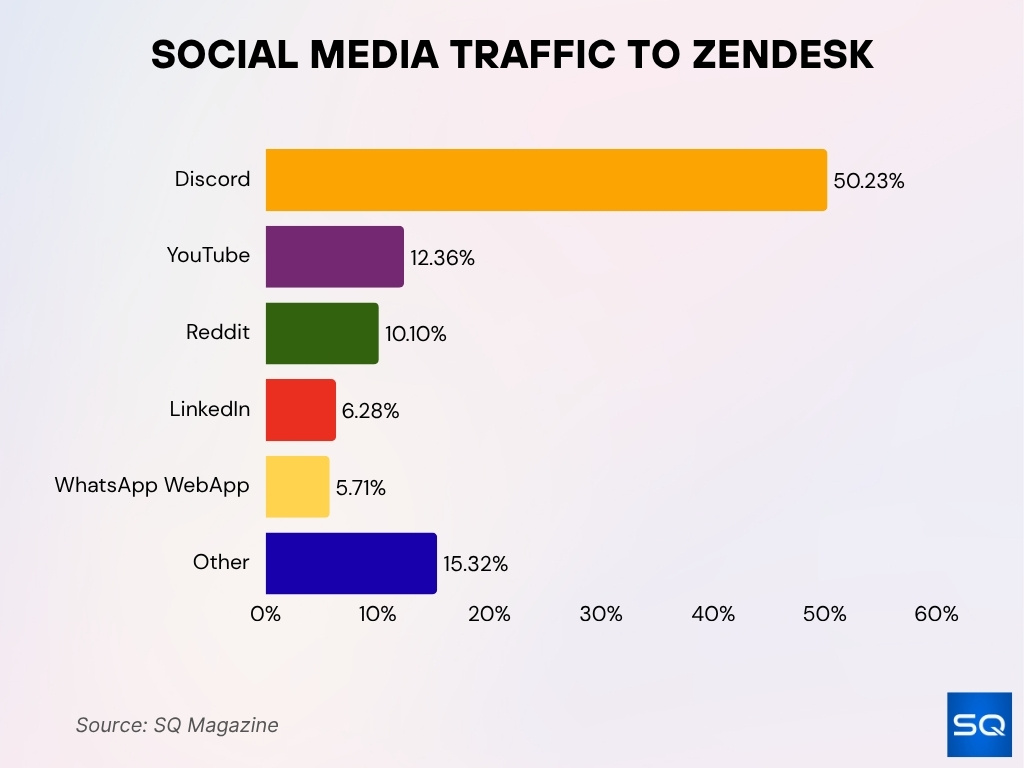
Revenue By Region
- In 2024, Zendesk recorded about $1.93 billion in total revenue.
- Zendesk has set a target of reaching $3.4 billion by the end of 2025, nearly doubling from its 2024 base.
- In earlier quarterly data, the U.S. contributed over 51% of revenue, e.g., U.S. $162.39 million of $318.22 million in Q2 2021.
- EMEA has consistently been the second-largest region, contributing ~29% in the same Q2 2021 period.
- APAC contributed ~10% in that period, highlighting room for expansion.
- Zendesk claims that 50% of its revenue now comes from outside the U.S., signaling growing international reach.
- Its push into enterprise deals (contracts ≥ $250k) now constitutes 39% of revenue, representing a shift toward larger customers globally.
- Zendesk reports 140 customers paying over $1 million annually, up ~65% year-over-year; many of these are international accounts.
Plans and Subscription Breakdown
- Zendesk Support offers three main pricing tiers: Team at ~$19 per agent/month, Professional at ~$55, and Enterprise at ~$115.
- The Suite plans start at $55 per agent/month for the Team edition, rising to $115 and higher for Enterprise.
- Many features, such as SLA management, multilingual support, and sandbox environments, are gated into higher-tier plans.
- Zendesk’s AI add‑ons are layered: base subscription + per‑agent AI premium + usage‑based resolution fees.
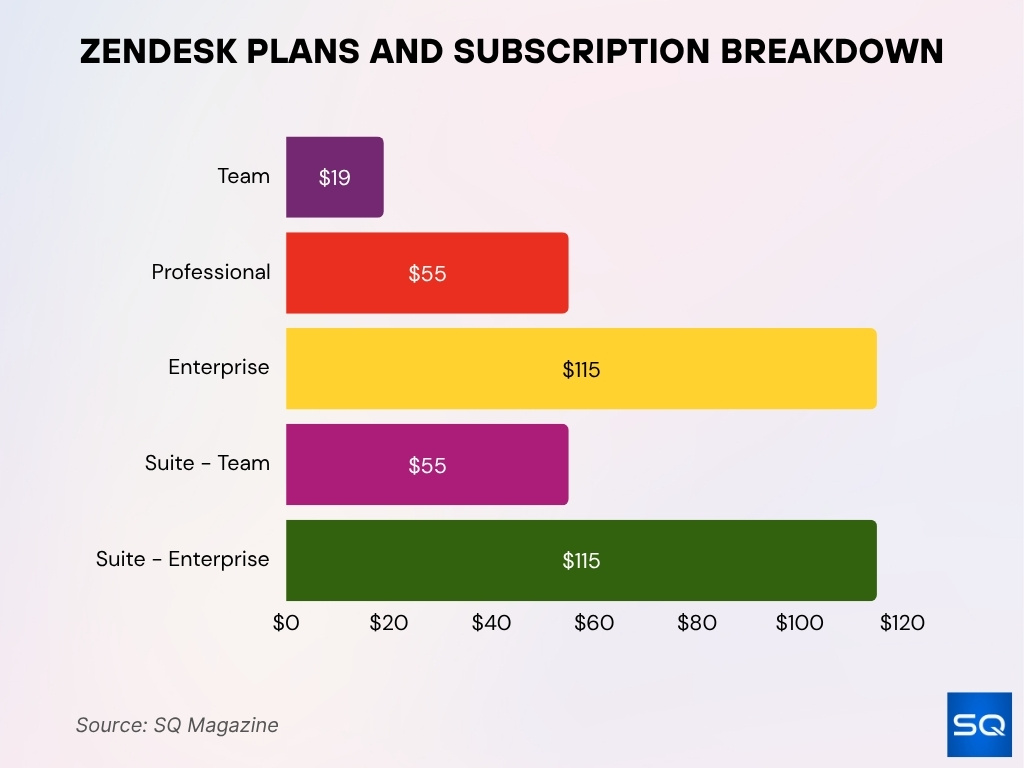
Zendesk’s Key Features
- More than 10,000+ organizations now use Zendesk AI Copilot and agents to automate responses, freeing teams for complex support.
- Copilot AI automation and suggested replies lower first response time by 38% compared to manual ticket handling.
- Custom dashboards in Zendesk analytics show a 24–35% decrease in average ticket resolution times when agents leverage AI features.
- Workforce management modules help forecast agent load, with some clients reducing overtime by up to 17% using live scheduling analytics.
- Multi-channel support in Zendesk Suite enables unified management of email, chat, voice, social, and messaging for over 175,000+ global customers.
- Enterprise users accessing custom roles and sandbox environments report a 44% faster onboarding rate for new agents.
- Zendesk emphasizes data privacy and security, meeting standards such as SOC 2, GDPR, and ISO 27001, a key differentiator for Fortune 500 clients.
- Zendesk Sunshine platform supports over 1,200 third-party integrations, letting organizations tailor workflows without coding.
- Quality assurance and monitoring modules improve agent CSAT score averages to 81–89% in teams using the latest reporting suite.
- Zendesk AI agents are projected to independently resolve up to 80% of standard queries by 2027 for organizations investing in advanced adoption.
AI and Automation Statistics
- 85% of customer interactions are expected to be handled without a human agent.
- 56% of companies already use AI‑powered chatbots.
- AI‑driven support can reduce costs by ~30%.
- 70% of CX leaders plan to integrate generative AI across touchpoints within two years.
- 59% of consumers expect AI to radically reshape support interactions.
- AI tools can boost productivity by up to 66%, or 47 years of growth.
- 73% of support agents say an AI copilot would improve effectiveness.
- Zendesk invests in autonomous service frameworks.
- AI routing and triage help optimize agent workloads.
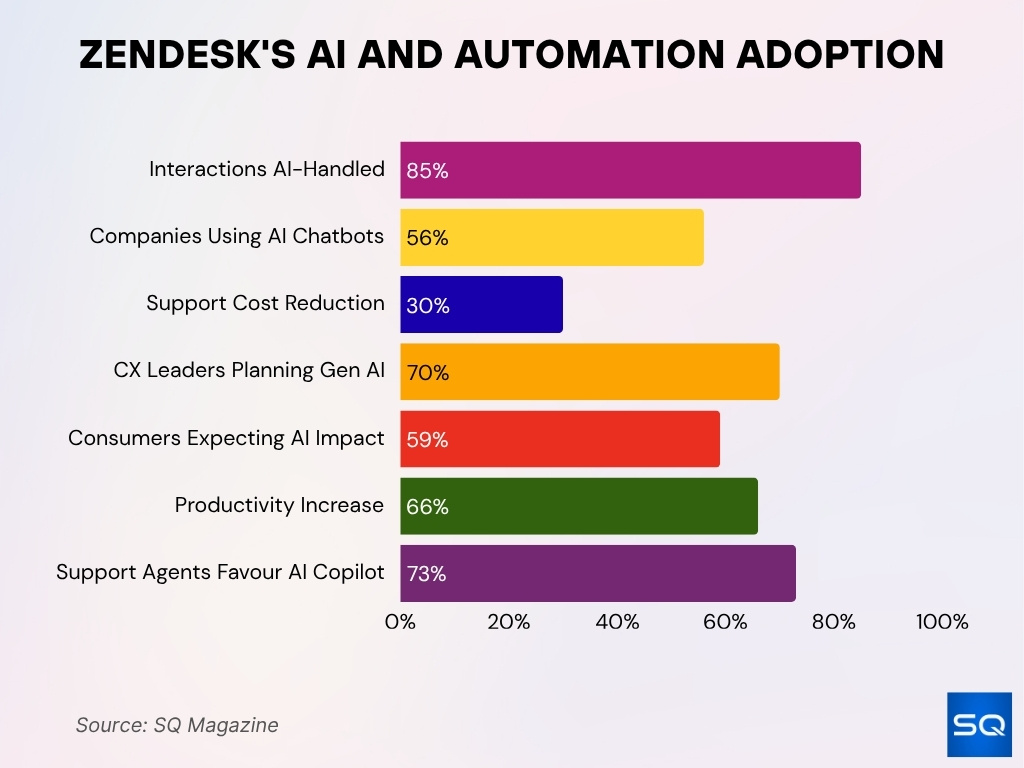
Helpdesk (Zendesk Support)
- The Support Team plan delivers email ticketing, business rule automation, and API access for as low as $19 per agent/month.
- Support Professional adds SLAs, CSAT surveys, advanced reporting, and business hours at $55 per agent/month, reflecting a shift toward operational analytics for medium-sized businesses.
- Support Enterprise’s skills-based routing and sandbox features accelerate enterprise workflow configuration by up to 28%, especially for multi-brand setups.
- 70% of consumers perceive a difference between businesses that leverage AI and those stuck with legacy support.
- CX leaders using Zendesk yield 33% higher customer acquisition rates and 22% higher retention compared to competitors without integrated CX tech.
- Automation of routing and triage enables up to 65% of tickets to be managed without agent intervention in mature deployments.
- Despite omnichannel trends, 23% of consumers still rank email ticketing as their preferred support method, and it’s core to most Zendesk organizations.
- Zendesk’s support APIs are used by over 50,000 developers to embed ticketing and service flows into external platforms.
- CX trendsetters report an 87% CSAT score average using Zendesk’s built-in surveys across high-performing tiers.
- AI-backed support with Zendesk is projected to handle 80% of standard customer issues by 2027, reducing agent workload.
Live Chat
- Organizations have reported a 15–20% increase in sales conversion after tying chat outcomes to conversion metrics in Zendesk.
- Average chat wait time before a first response is about 42 seconds, while the median chat duration is 7.8 minutes per session.
- Customer satisfaction ratings for Zendesk live chat average 85%, outperforming email and phone support satisfaction.
- Chat concurrency metrics show that agents can handle 4–6 concurrent chats efficiently, depending on complexity and department.
- Zendesk users typically see 6% of chats routed to escalation or tickets when agents flag complex cases.
- The Chat Stats graph displays total chats served per period, with organizations reporting 98% of chats are completed and only 2% missed when teams are fully staffed.
- Post-chat satisfaction surveys achieve response rates of 19–32%, and average satisfaction scores are highly visible in dashboards.
- Filtering chat analytics by agent or department often reveals individual agent performance trends, such as a 29% faster reply rate for top agents.
Ticketing System
- Zendesk converts every inbound request across email, chat, phone, and social media channels into a ticket, supporting more than 170,000+ organizations globally.
- Tickets carry status, priority, tags, and agent assignment fields, contributing to an average 33% faster response time versus unstructured support systems.
- Automated workflows and trigger rules process approximately 48% of all tickets without manual intervention.
- SLA enforcement helps auto-escalate unresolved tickets, reducing missed SLA breaches by 22% for teams using Zendesk’s SLA policies.
- Agents use custom views to batch or route tickets by fields such as priority, type, or group, improving efficiency by up to 27%.
- Multi-brand and channel support brings all tickets into a unified queue, with organizations reporting an average 19% drop in missed tickets after switching to Zendesk.
- AI-powered triage and intent detection in Zendesk’s ticketing system classifies up to 95% of ticket types automatically.
- Reporting on volume, resolution time, and backlog supports operational insight, revealing that the median ticket resolution time is about 19 hours for Zendesk users.
- Zendesk clients resolve up to 80% of tickets within SLA timeframes, supporting rapid customer service delivery.
- Data shows that grouping tickets by custom fields can decrease agent handling time per ticket by 15% on average.
Reporting and Analytics
- Zendesk Explore users can view real-time dashboards with metrics including ticket volume and SLA breaches for over 20,000+ organizations worldwide.
- The platform’s analytics track agent performance improvements with up to 32% faster resolution rates after AI-guided insights deployment.
- Help center analytics report over 15 million monthly article views and enable monitoring of top search queries and abandoned searches per workspace.
- A recent update removed the “other” event category, boosting AI reporting accuracy by nearly 18% in standard analytics.
- The 2025 version of Auto Assist supports reporting segmentation by up to 50 brands and now shows link click actions inside summaries.
- Zendesk added anonymous user tracking, capturing engagement from up to 40% of non-logged-in help center visitors.
- Scheduled report delivery automates weekly and monthly report exports for over 60 global languages.
- Starting July 2025, Zendesk will strictly retain Explore data for a maximum of 37 months, affecting all new and legacy accounts.
- Customer satisfaction scores (CSAT) are now instantly visible in dashboard widgets, with CSAT response rates averaging 23‑28% across industries.
- Zendesk analytics have shown that tracking ticket volume by channel can help reduce email support volume by 12% after introducing live chat.
Customer Satisfaction Statistics
- 72% of customers want immediate service.
- 64% of customers will spend more when issues are resolved in-channel.
- 49% of customers who left a brand did so due to poor CX.
- 41% of customer‑obsessed companies achieved ≥ 10% revenue growth.
- 69% of customers prefer self‑service over contacting support.
- 80% of businesses plan to increase service budgets this year.
- 52% of customers will switch brands after one bad experience.
Industry Adoption & Market Share
- ~173,426 companies use Zendesk.
- 54.99% of customers are based in the United States.
- Zendesk counts ~182,000 customers globally.
- Market share in the support space is ~28%.
- Zendesk is used by 0.1% of all known websites.
- ~305,451 live sites currently use Zendesk.
- 39% of Zendesk’s revenue comes from premium or enterprise accounts.
- Zendesk’s strength lies in mid-market scalability.
- Adoption is strong in tech, SaaS, and consumer service industries.
Frequently Asked Questions (FAQs)
It reached 90.04 million visits in January 2025.
Direct traffic accounts for 57.98% of Zendesk’s total site visits.
Zendesk serves approximately 173,600 paid customer accounts.
Zendesk holds about 16.35% market share in the customer‑experience market.
Around 54% of support teams use chatbots/conversational AI in customer‑facing applications.
Conclusion
Zendesk has evolved far beyond a simple helpdesk tool. Its reporting and analytics tools, bolstered by Explore, drive data‑informed decisions. AI and automation continue shifting the balance of support toward faster, self‑serving interactions. Satisfaction metrics reinforce that users expect immediacy and contextual care, and that failing there risks losing customers. Finally, Zendesk’s broad adoption and market share demonstrate it remains a go-to choice across small, medium, and even enterprise users.


